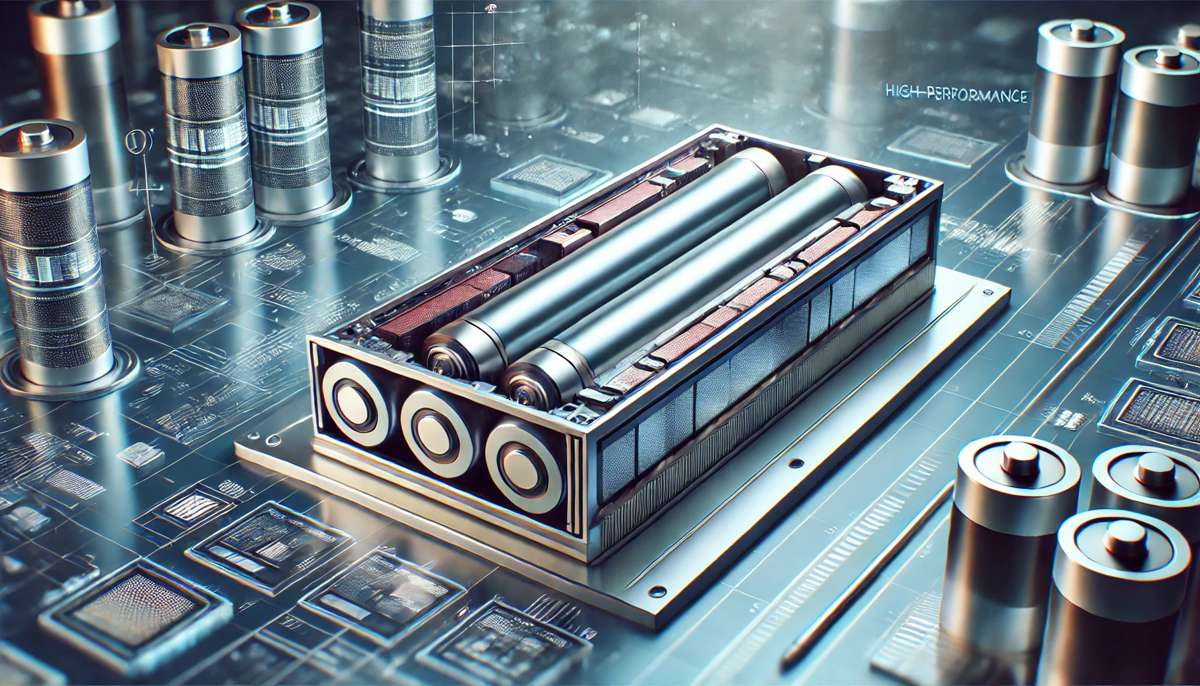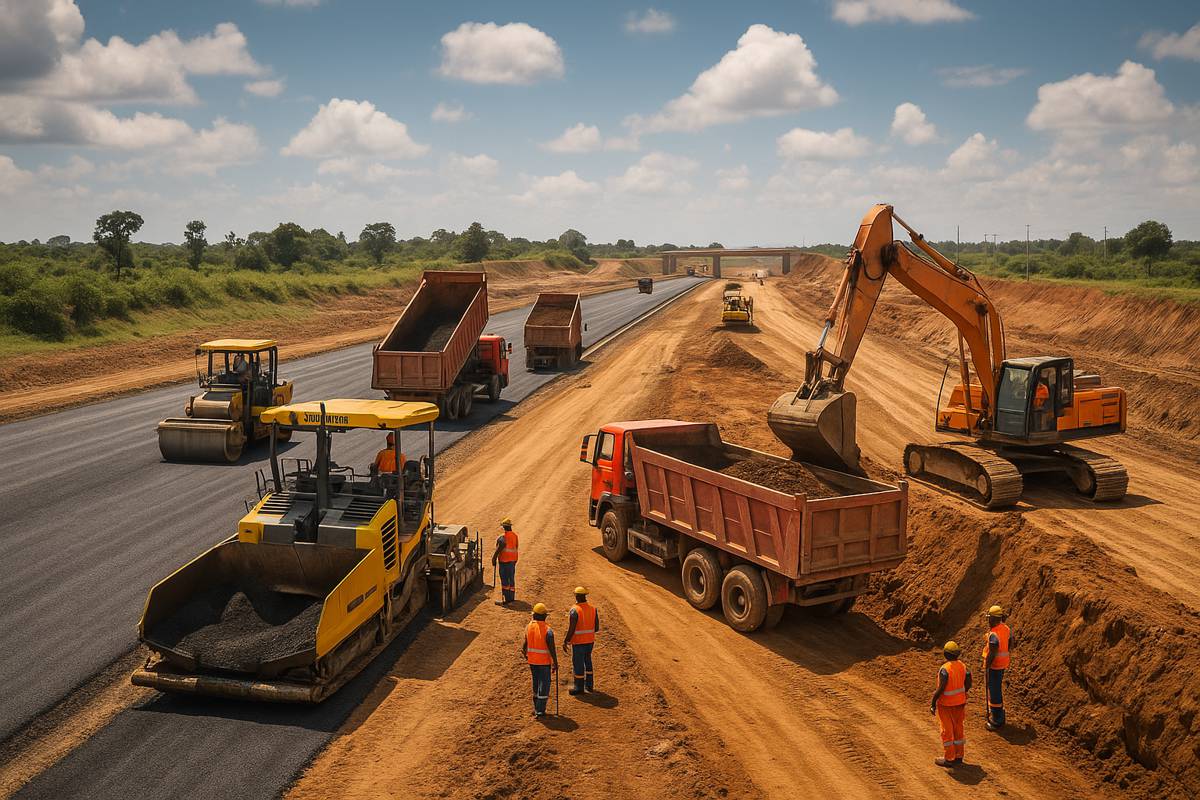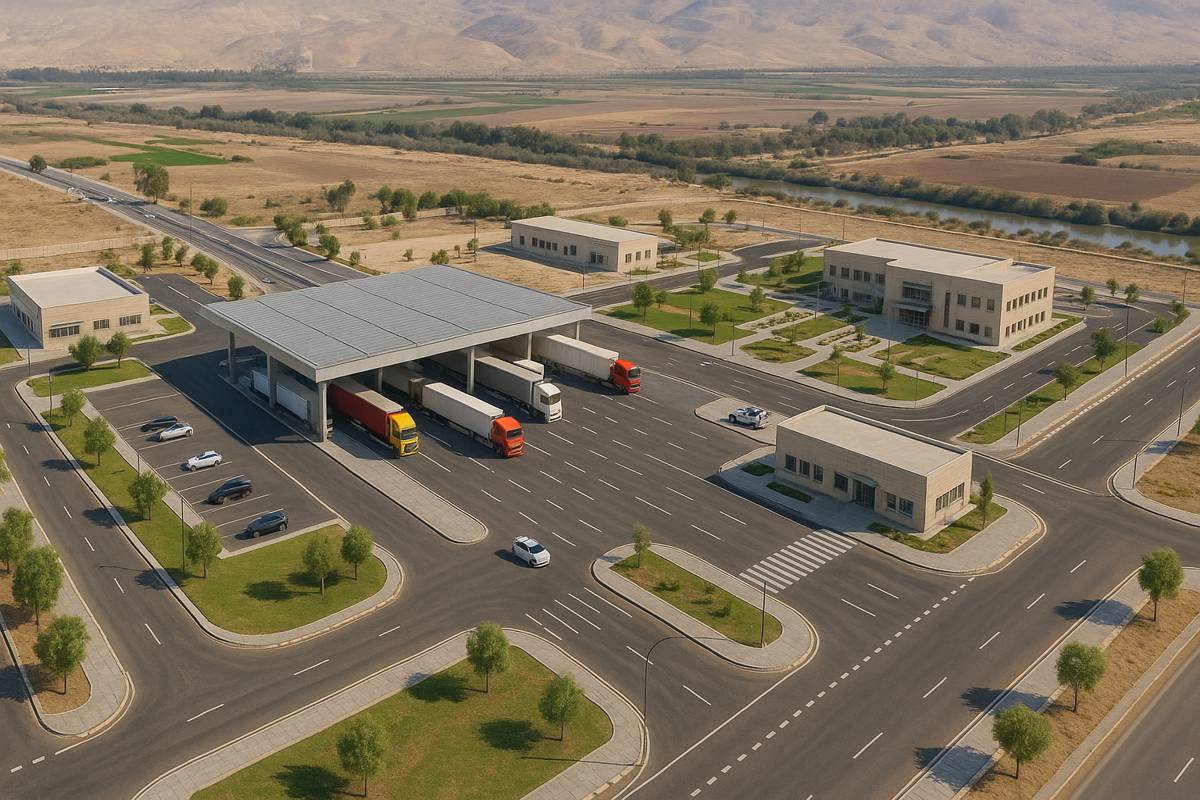A New Era for Electric Vehicles with Solid-State Lithium-Metal Batteries
The electric vehicle (EV) revolution is in full swing, driven by the urgent need to reduce CO₂ emissions and combat climate change. As EVs become more widespread, the focus is increasingly on improving their range, efficiency, and affordability. But there’s a significant roadblock in the way—current battery technology.
At the heart of every EV is its battery, and these power sources often account for nearly half of the vehicle’s cost. Consumers want batteries that last longer, charge faster, and don’t cost a fortune. This is where high-performance, solid-state lithium-metal batteries come in, promising a leap forward in both energy density and safety. And now, thanks to a breakthrough within the SOLiDIFY project, the path to affordable, mass-produced solid-state batteries is closer than ever.
Solid-State Batteries
Traditional lithium-ion batteries have served us well, but they come with inherent limitations. Their liquid electrolyte can be flammable, and they simply can’t provide the energy density needed for the next generation of EVs. Solid-state batteries, however, use a solid electrolyte material, offering several significant advantages:
- Higher energy density: Solid-state batteries pack more power into a smaller space, thanks to the introduction of a thin lithium-metal anode. This could mean longer range for EVs without increasing the size of the battery.
- Improved safety: With a solid electrolyte, the risk of fire is greatly reduced compared to the liquid electrolytes used in lithium-ion batteries.
- Faster charging: The potential to increase charge rates will be a game-changer for EV owners who can’t wait hours to top up their batteries.
But, until now, developing a solid-state battery architecture that’s cost-effective to produce on a large scale has been a major challenge.
SOLiDIFY’s Revolutionary Approach
Enter the SOLiDIFY project—a consortium of leading research institutions and industry partners across Europe. Together, they’ve developed a prototype for a high-performance solid-state lithium-metal battery that could solve many of the issues facing current battery technologies.
Manufactured at the state-of-the-art EnergyVille battery lab in Genk, Belgium, the SOLiDIFY prototype has achieved an impressive energy density of 1070 Wh/L, compared to today’s 800 Wh/L in standard lithium-ion batteries. This is a significant leap forward, bringing EVs one step closer to offering greater range and performance.
So, what’s the secret to this success? The key lies in the construction of the battery itself. The SOLiDIFY battery features a thick, high-energy-density cathode made from nickel, manganese, and cobalt (NMC), separated from a thin lithium-metal anode by a solid electrolyte layer. This clever design maximises energy storage while keeping the battery’s size compact.
What makes this development even more promising is that the battery’s manufacturing process is adaptable to current lithium-ion production lines, keeping costs down. According to projections, this new process could bring the cost of these batteries to under €150 per kWh—an attractive price point for EV manufacturers.
Innovation at Every Layer
The SOLiDIFY team didn’t just stop at improving the battery’s energy density. They also took a fresh look at the materials used, optimising every layer to boost performance and safety.
The solid electrolyte at the heart of this battery is made from a polymerised ionic liquid-based nanocomposite material, which offers a unique “liquid-to-solid” processing approach. This process has been so successful that Empa, one of the research partners, has filed a patent for it. The result? A thin, 20-micron solid electrolyte separator that allows for a thicker cathode and an overall more compact, efficient battery.
One of the key hurdles the researchers overcame was improving the mechanical strength of the battery while reducing its flammability. The use of nanometer-thin protective coatings on the cobalt-lean NMC cathodes allowed the team to enhance the cell’s capacity while reducing its environmental impact.
Additionally, this solid-state battery has been designed with a charge rate of just three hours—significantly faster than many current options. And with a lifetime of 100 cycles, it offers a balance of longevity and performance.
The Future of Battery Technology
The SOLiDIFY project’s work doesn’t end here. The next steps involve further upscaling the manufacturing process to bring this high-performance battery technology to market. With projections of reduced production costs and increased battery efficiency, this development could play a pivotal role in building a sustainable and competitive battery value chain in Europe.
As the world shifts towards a greener future, the role of solid-state batteries in making electric vehicles more affordable and efficient cannot be overstated. The SOLiDIFY project has demonstrated that not only are these high-performance batteries possible, but they can also be manufactured in a cost-effective way that benefits both consumers and the environment.
The Power of Collaboration
This achievement is the result of a strong collaborative effort between some of Europe’s leading research centres and industrial partners. The SOLiDIFY consortium includes:
- Imec/EnergyVille (Belgium)
- Fraunhofer (Germany)
- Centro Ricerche Fiat SCPA (Italy)
- Empa (Switzerland)
- Hasselt University/EnergyVille (Belgium)
- Delft University of Technology (The Netherlands)
Industry partners such as VDL Groep, Umicore, Solith, SOLVIONIC, Sidrabe, Leclanché, Gemmate Technologies, and Powall were also instrumental in this project’s success.
Funded by the EU’s Horizon 2020 research and innovation programme, SOLiDIFY has laid the groundwork for a brighter, more sustainable future for battery technology.
A Positive Outlook for the Future
The breakthrough achieved within the SOLiDIFY project marks a critical step towards making solid-state lithium-metal batteries a mainstream reality. With their higher energy density, improved safety, and reduced environmental impact, these batteries are poised to transform not only the EV industry but also other sectors reliant on efficient, long-lasting energy storage.
As further developments are made and the technology continues to scale, we can expect solid-state batteries to play an increasingly important role in the push towards a more sustainable and electrified future.




















